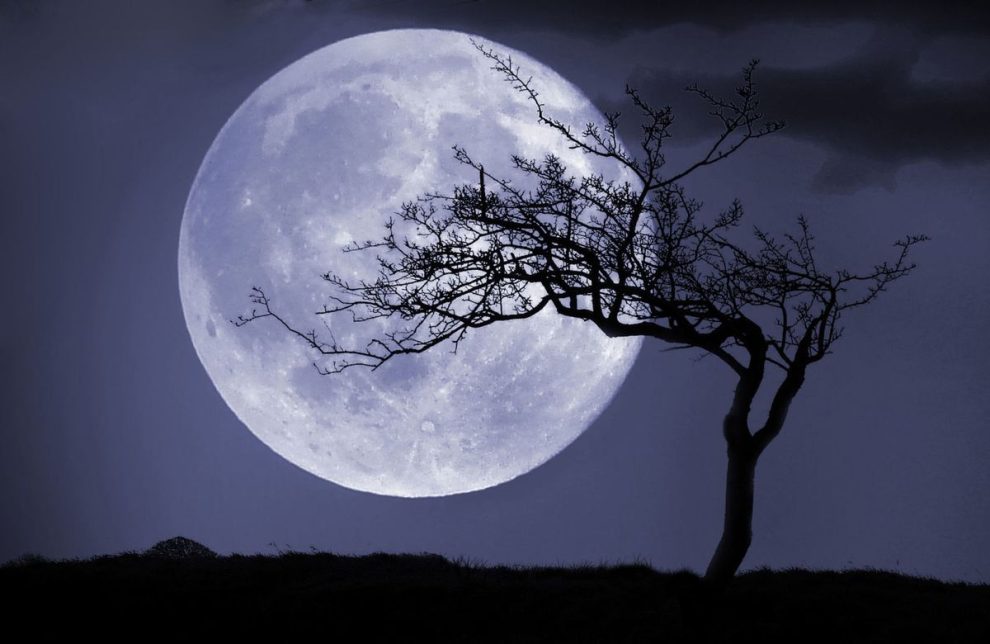Introduction
The Moon, Earth’s only natural satellite, has long been a source of wonder and fascination for humanity. From its mesmerizing beauty to its impact on Earth’s tides and its role in cultural and scientific exploration, the Moon holds a special place in our hearts and in the vastness of space. In this blog, we will delve into the mysteries and wonders of the Moon, exploring its origin, physical characteristics, phases, and the influence it has on our planet.
- Lunar Origin: The most widely accepted theory suggests that the Moon formed from the debris left over after a giant impact between Earth and a Mars-sized celestial body named Theia, about 4.5 billion years ago.
- Earth’s Companion: The Moon is often referred to as Earth’s natural satellite because it orbits around our planet. It is the fifth-largest moon in the solar system.
- Synchronous Rotation: The Moon rotates on its axis at the same rate it orbits around the Earth, resulting in the same side of the Moon always facing us. This phenomenon is known as synchronous rotation.
- Lunar Phases: The Moon goes through different phases as it orbits the Earth. These phases, including new moon, crescent, first quarter, gibbous, and full moon, are a result of the varying positions of the Moon, Earth, and the Sun.
- Moon’s Surface: The Moon’s surface is covered with impact craters, mountains, valleys, and plains. The absence of an atmosphere and geological processes has preserved the Moon’s surface features for billions of years.
- Maria and Highlands: The Moon’s surface can be divided into two main regions: the maria (Latin for “seas”) and the highlands. The maria are dark, flat plains formed by ancient volcanic activity, while the highlands are rugged, mountainous areas.
- Moonquakes: The Moon experiences seismic activity known as moonquakes. These quakes are caused by tidal forces exerted by the gravitational pull of the Earth.
- Lunar Atmosphere: Although extremely thin, the Moon does have an atmosphere called an exosphere. It consists of trace amounts of gases, including helium, neon, and hydrogen.
- Lack of Liquid Water: Unlike Earth, the Moon does not have surface water in liquid form. However, there is evidence of water ice in permanently shadowed craters near the Moon’s poles.
- Impact Protection: The Moon acts as a shield for Earth, attracting and absorbing many of the impacts from asteroids and meteoroids that would otherwise strike our planet.
- Moon-Earth Connection: The Moon plays a significant role in stabilizing Earth’s axial tilt, which influences our planet’s climate and seasons.
- Lunar Exploration: The Moon has been the target of many space exploration missions. The Apollo program, initiated by NASA, successfully landed astronauts on the Moon between 1969 and 1972.
- Moonwalkers: Twelve astronauts have walked on the Moon’s surface, all from the Apollo missions. The first human to set foot on the Moon was Neil Armstrong, who famously said, “That’s one small step for man, one giant leap for mankind.”
- Lunar Samples: The Apollo missions brought back approximately 842 pounds (382 kilograms) of Moon rocks and soil, providing valuable insights into the Moon’s geology and history.
- Lunar Prospects: There is renewed interest in exploring the Moon, with plans for future missions, including crewed missions, to establish a sustainable human presence on the lunar surface.
- Moon’s Gravity: The Moon’s gravity is about one-sixth of Earth’s gravity. This lower gravity has allowed astronauts to perform spectacular leaps and lifts on the lunar surface.
- Lunar Eclipses: A lunar eclipse occurs when the Earth passes between the Moon and the Sun, casting a shadow on the Moon’s surface. During a total lunar eclipse, the Moon can appear reddish in color, earning it the nickname “blood moon.”
- Lunar Mythology: The Moon has played a prominent role in various mythologies and cultures throughout history. It has been associated with deities, folklore, and legends, often representing beauty, femininity, and mystery.
- Lunar Synchronization: The Moon’s gravitational influence on Earth’s tides has a profound impact on marine life, navigation, and coastal ecosystems.
- Moon as a Timekeeper: The Moon’s phases have been used as a natural calendar by many ancient civilizations to track time and plan activities.
- Moon Illusions: The Moon can sometimes appear larger near the horizon due to an optical illusion caused by the viewer’s perception of objects on the Earth’s surface.
- Moon’s Magnetism: The Moon does not possess a global magnetic field like Earth, but certain regions on its surface exhibit local magnetic anomalies.
- Lunar Tourism: With the advancement of space tourism, there are plans to offer private trips to the Moon, allowing individuals to witness the beauty of Earth from a lunar perspective.
- Moon’s Impact on Life: The Moon’s gravitational pull has influenced life on Earth, particularly in terms of the evolution of marine species and the development of tidal habitats.
- Lunar Mysteries: Despite extensive scientific exploration, the Moon still holds many mysteries waiting to be unraveled, such as the origin of its water ice deposits and the potential presence of underground lava tubes.
Conclusion
The Moon, with its ethereal beauty and profound influence on Earth, continues to capture our imagination and inspire scientific exploration. As we uncover its mysteries and expand our knowledge, the Moon remains a symbol of wonder, unity, and discovery. From its impact on tides to its role in space exploration, the Moon serves as a constant reminder of the vastness and interconnectedness of our universe.




















Add Comment